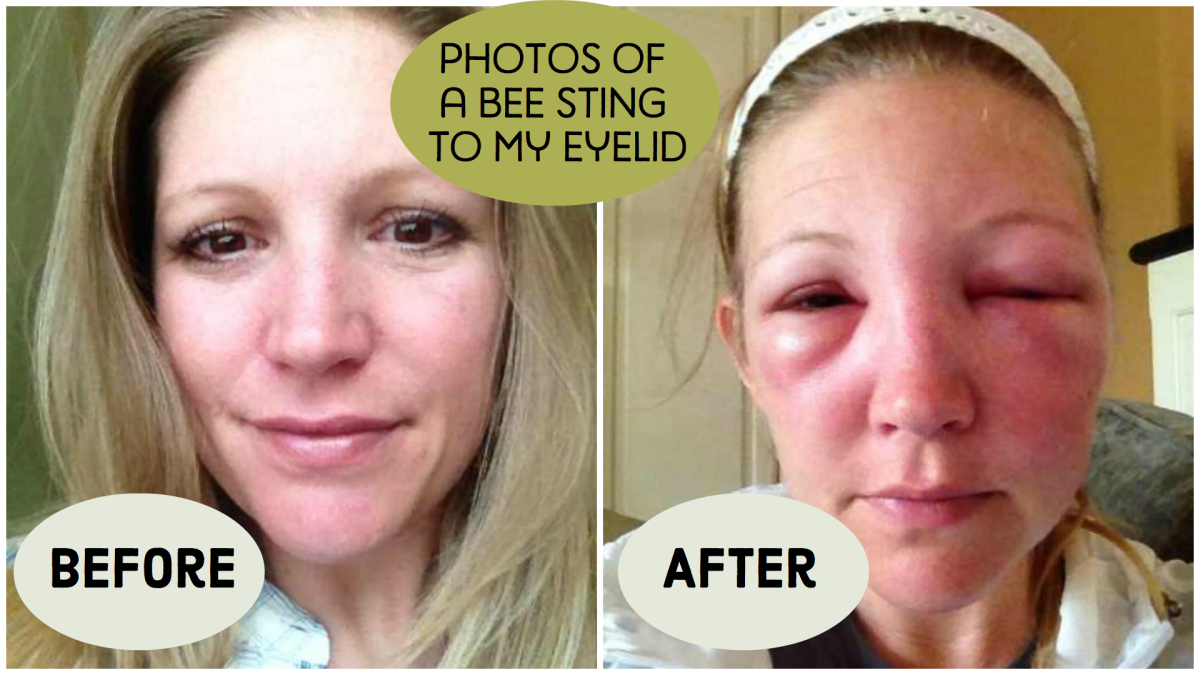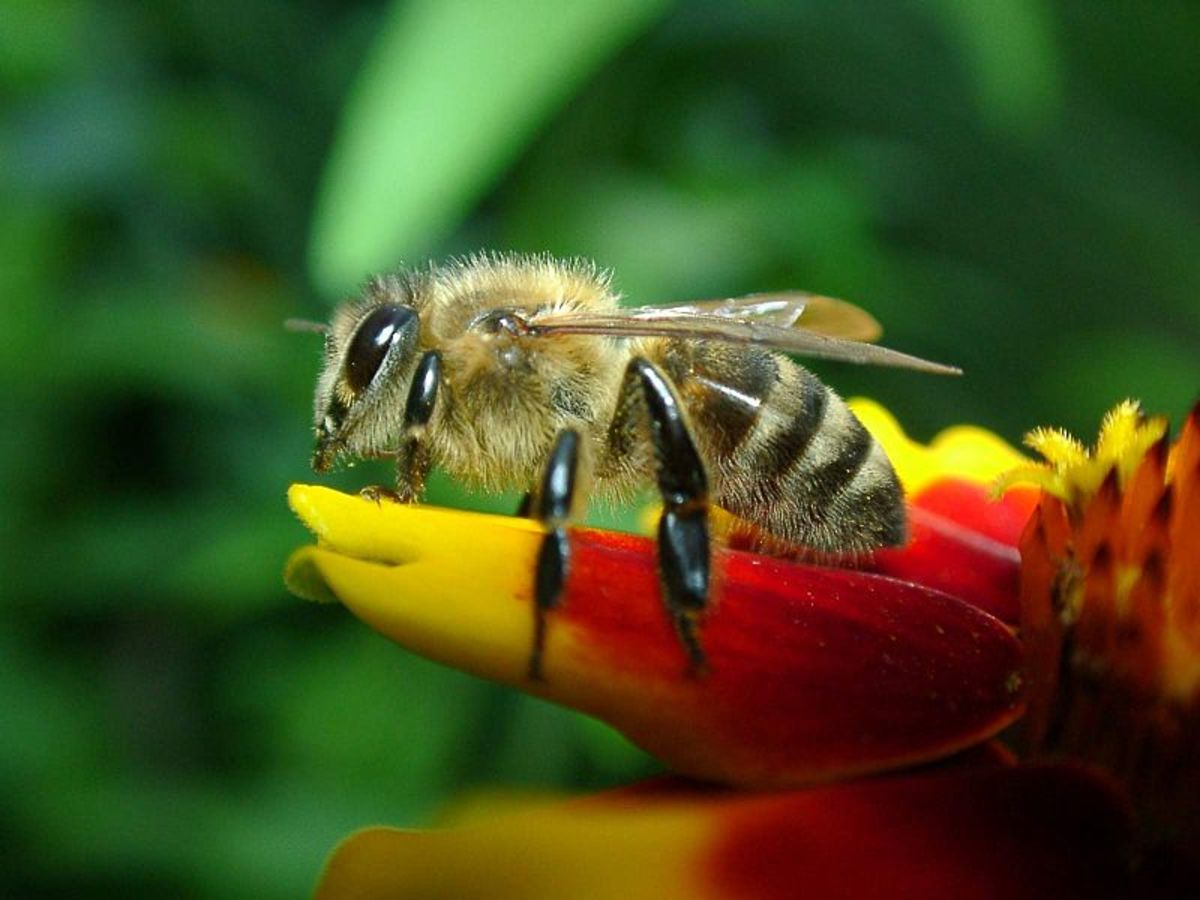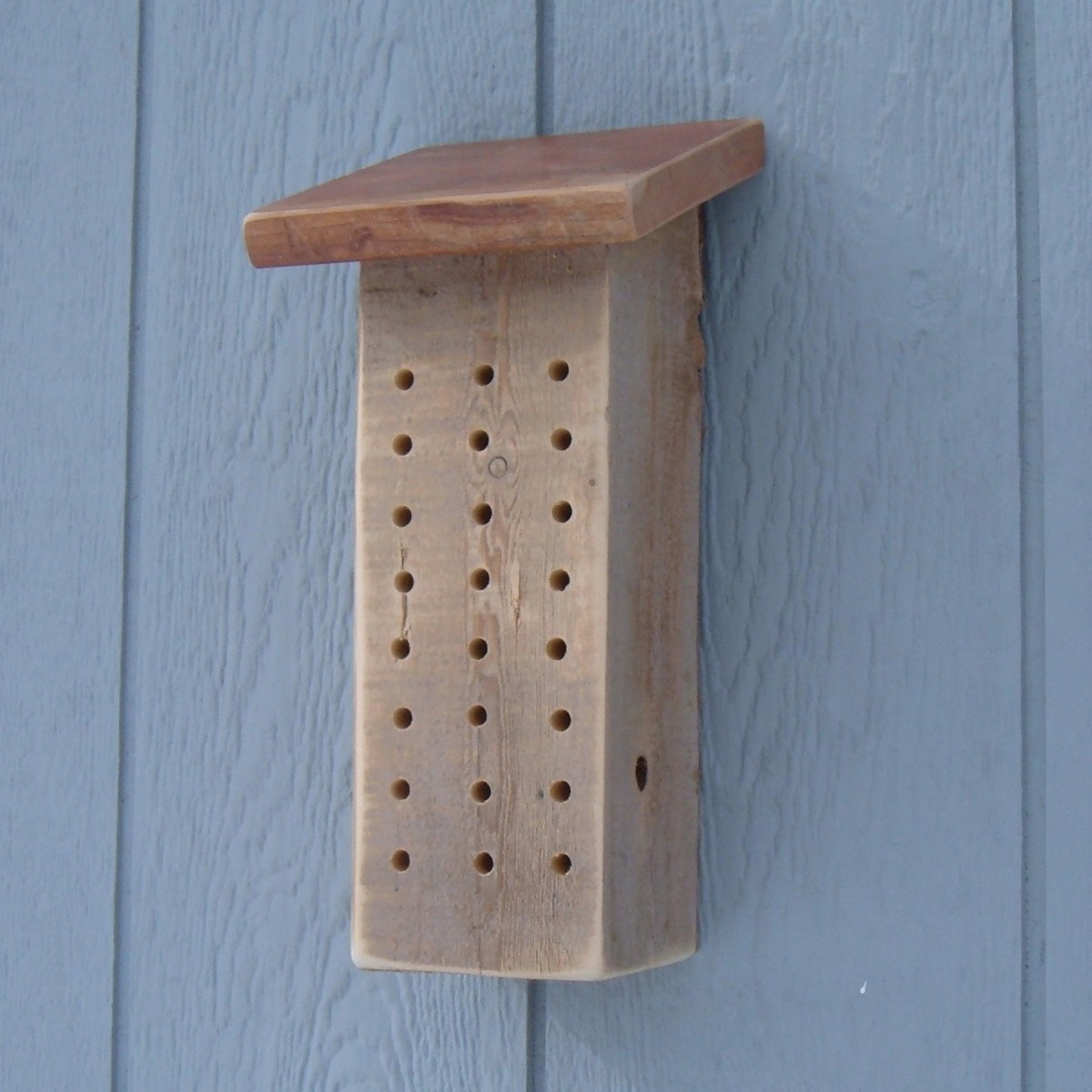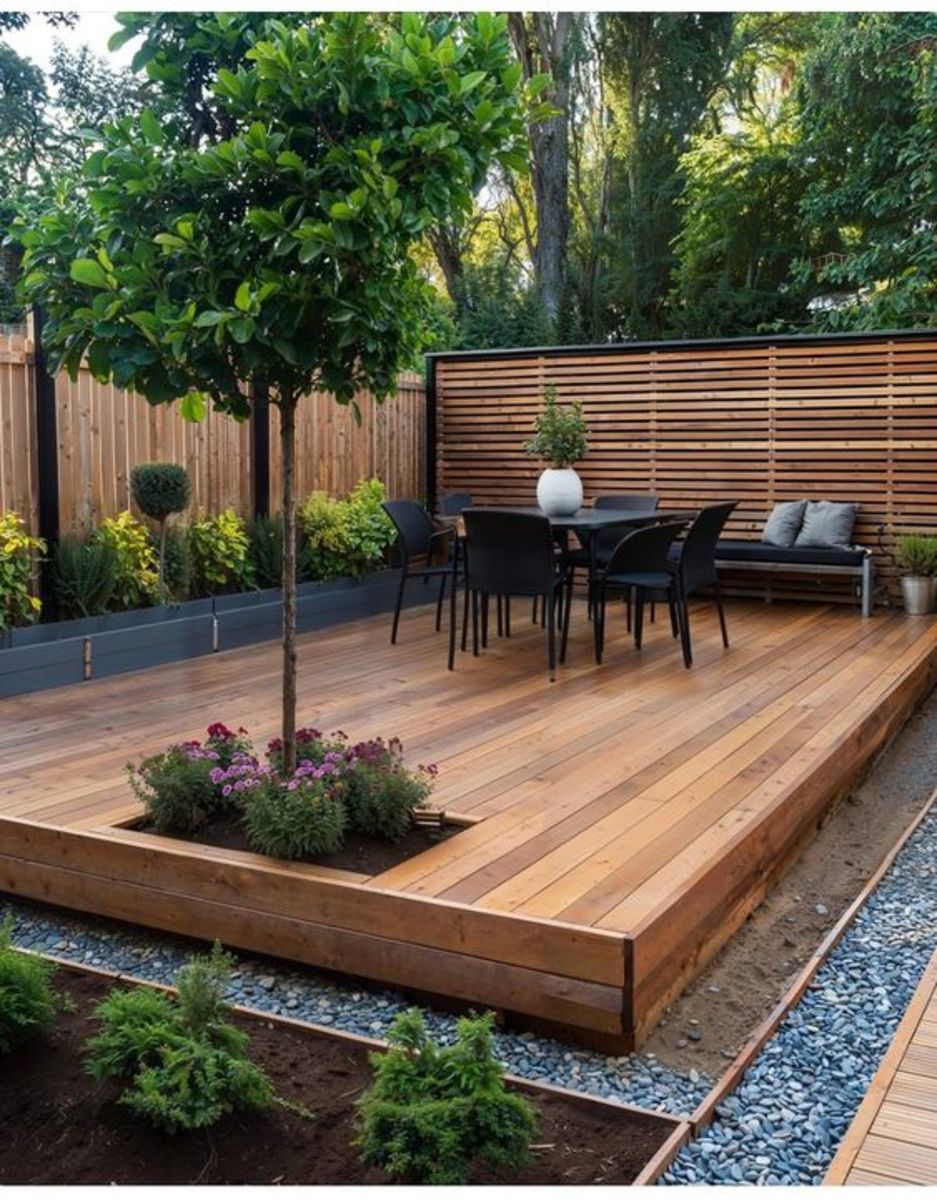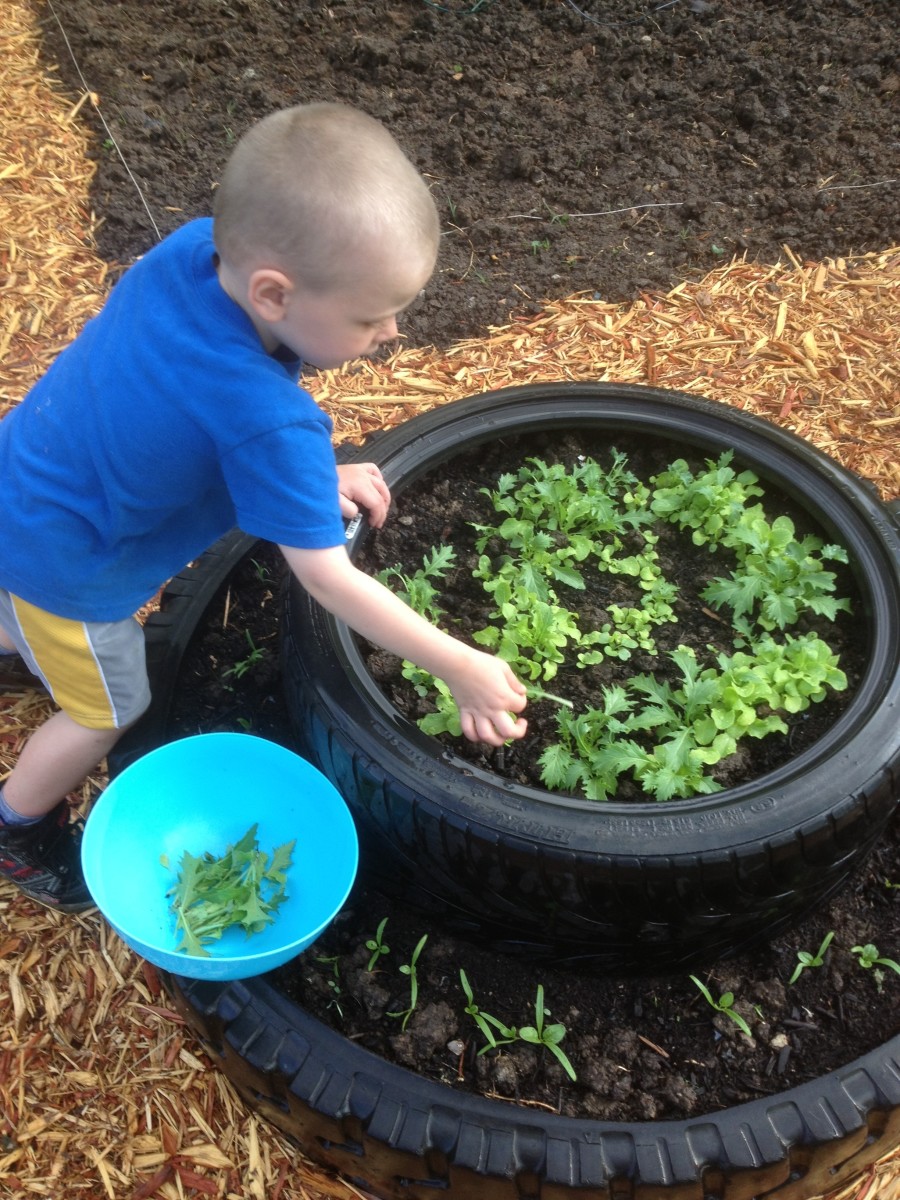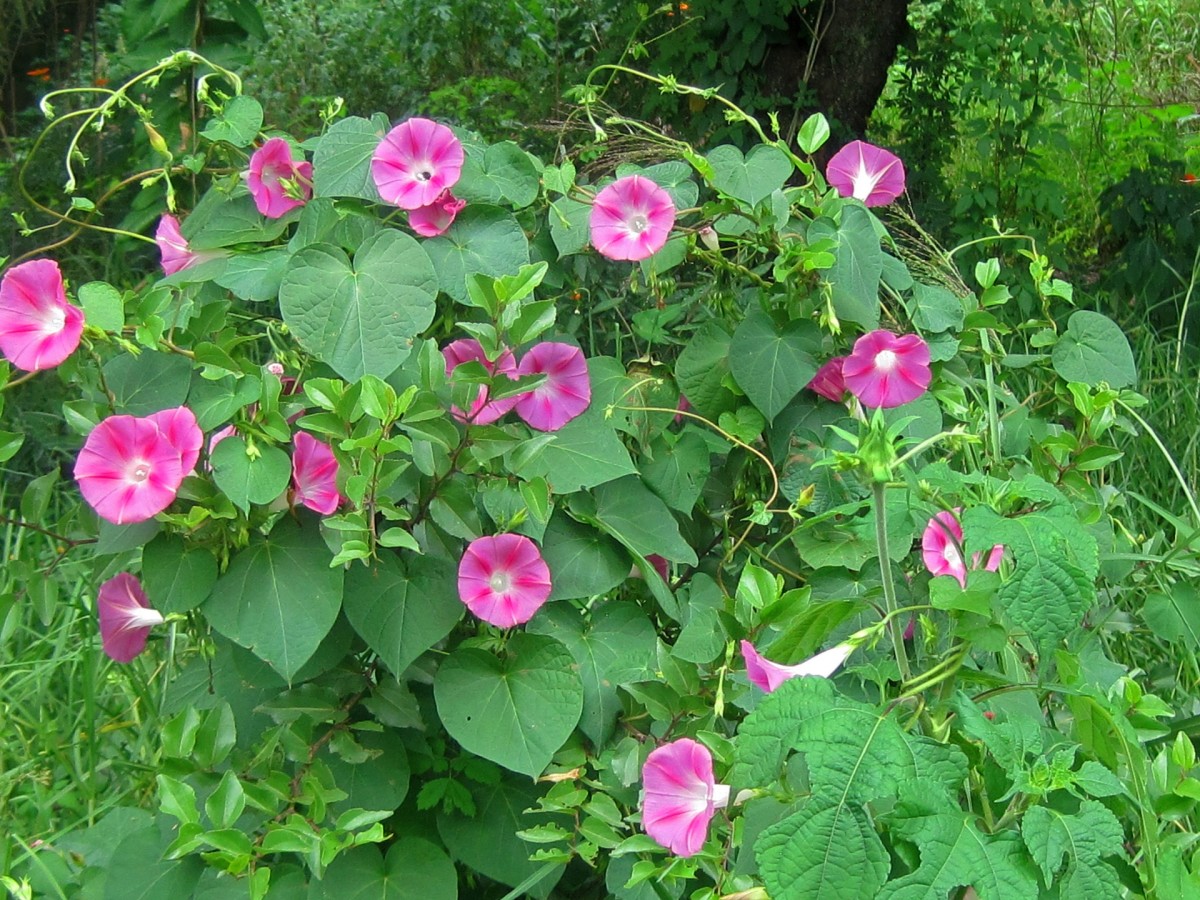Good for the Earth: Flowering Bee Lawns
Bee Visiting Flower in Bee Lawn
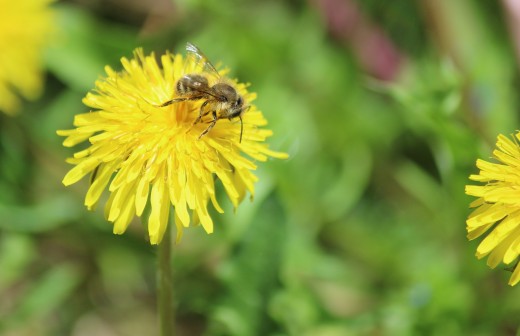
We Need Pollinators for Food
Pollinators equal food.
Fruits and nuts which have male and female parts in their blossoms need pollination to make their "food" part.
The Canada Agriculture and Food Museum has published this list of foods and crops that benefit from pollination:
Alfalfa, Almonds, Apples, Asparagus, Beans, Beets, Blackberries, Blueberries, Brussels sprouts, Buckwheat, Cabbage, Cantaloupe, Cauliflower, Celery, Cherries, Chestnuts, Chives, Clover, Cranberries, Cucumber, Currants, Eggplant, Flax, Garlic, Gooseberries, Grapes, Horseradish, Kale, Lettuce, Mustard, Onions, Parsley, Peaches, Pears, Plums, Pumpkins, Radishes, Raspberries, Rhubarb, Squash, Strawberries, Sunflowers, Sweet potatoes, Turnips, Watermelon
Unfortunately, the modern Iifestyle in the hIgh-consumer highly developed nations has unwittingly led to fewer pollinators.
The United States military is highly cognizant of this. Why?
Less food for the world leads to refugees, displacment, and possible war.
Pollinators are a serious concern.
Bee on Echinacea Blossom
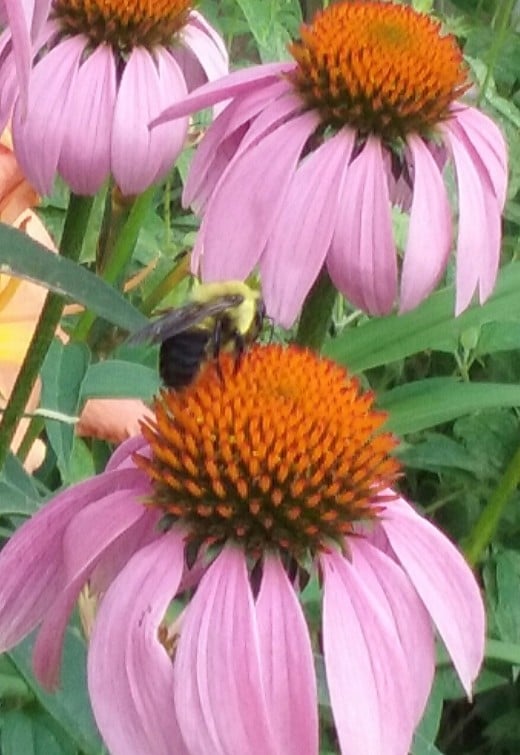
Why Are We Focusing on Bees?
Depending on which research is viewed, between 33% to 80% of crops consumed by Americans are pollinated by wild or domesticated bees.
Their numbers are decreasing.
We will experience increased food prices and shortages if bees continue to die out.
Bee Lawn Full of White Clover and Burdock
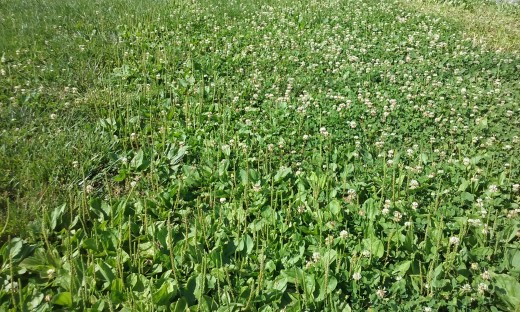
What Is A Bee Lawn?
A bee lawn is a tight mix of grasses and diverse low-growing perennial flowers. The flowers offer high quality nutrition and possibly habitat to bees.
My friend, Doug M., who has never applied chemical treatments to his yard, declared, "Oh, so a bee lawn looks like MY yard! White clover, dandelions, violets, burdock, and grass."
Yep. That's a bee lawn.
Threats to Bees
Why are native and domesticated bee populations decreasing?
- Attackers such as pesticides, parasitic mites, and Colony Collapse Disorder
- Habitat loss
- Less plentiful food
Easy Way "Regular Folks" and Businesses Can Help Bees
Everyday homeowners and business property owners can easily provide bees with both habitat and food by establishing a bee lawn.
Ironically, the word "establish" may connote work when, in fact, a bee lawn is often less work.
Picture a house surrounded by uniform green-ness, almost as uniform as Astroturf (TM) fake grass. That used to be the fashion for lawns.
NO MORE.
The smart lawn service companies are switching gears to supporting a natural lawn ecosystem and supporting our pollinators.
Evolved enterprises are attracting social-activist customers with their secondary efforts to help the earth while pitching their primary product or service.
Young parents who will inherit the earth are using wisdom to support a world that will be healthy for their children, grandchildren and beyond.
Bee lawns are trending!
Climate Victory Back Yard
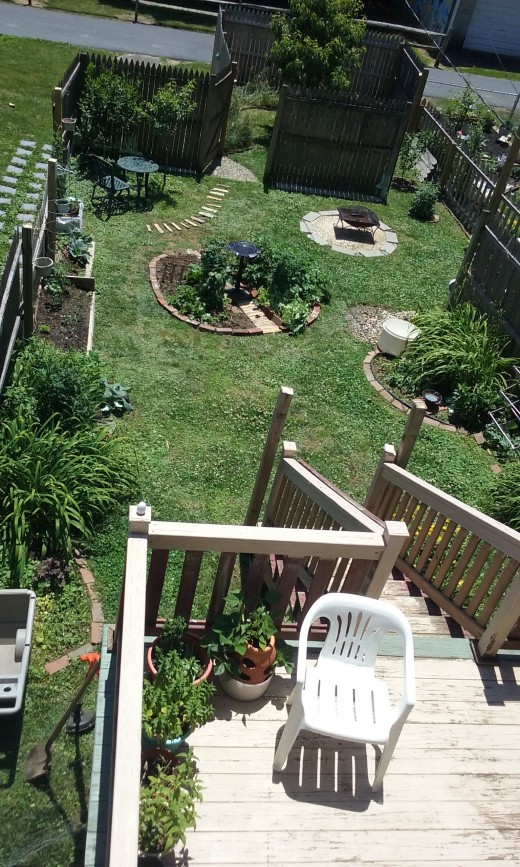
Popular Mechanics Gives Advice on Bee Lawns
When a long standing, trusted, popular non-gardening magazine weighs in on bee lawns, we know it is a mainstream fashion.
In a 2018 article, the magazine shared the practice of mowing the lawn every other week. Evidence from a study shows that this practice can increase bee population by 30%. This is without doing any special seeding of clover or special grasses. Merely postpone mowing for another week (if you were the weekly mowing type.)
"Less frequent mowing gives lawn flowers like dandelions and clover . . . a little more time to grow and blossom, giving nourishment for bees."
- United States Forest Service
U.S. Forest Service Says YES to Bee Lawns
Be a leader. Be lazy.
That's what the U.S. Department of Agriculture's Forest Service recommends.
A two-year study conducted on landowners' properties found that cutting the grass every two weeks yielded the highest numbers of visiting bees. An article on the Forest Service website stated ". . . (l)ess frequent mowing gives lawn flowers like dandelions and clover – this is where social pressure comes to bear – a little more time to grow and blossom, resulting in nourishment for bees."
(The social pressure is potential remarks by neighbors who may still prefer total green monoculture grass and resent your introduction of dandelions back into the area.)
In the study, yards were divided into three groups: those mowed once a week, those mowed biweekly, and a group mowed only once every three weeks.
The researchers found that mowing schedule inviting the largest numbers of bees was the biweekly one. It permitted of flowers to grow, combined with shorter grass that made access to those flowers easier.
However, the prize for diversity of bee species, meaning highest count of different bee types, went to the lawns that were cut only every three weeks.
[Incidentally, the research team was surprised to observe 111 species of bees in the suburban Springfield, MA study area. This is one fourth of all bee species recorded in Massachusetts.]
Be A Bee Advocate
This is an important issue for North America and the world. A 2015 U.S. federal mandate for states to create programs to increase bee population.
One can aggressively seed native clovers and flowers into a grass lawn, or just sit back and allow the native plants - the ones we formerly called weeds - to flourish.
Plain green lawns are SO last century.
Really Wild and Crazy Bee Support
If you really want to witness glorious buzzing and flying about, try having no lawn. By lawn, I mean that ground with grass and plant growth under eight inches in height. Why not have total flowers?
That's what I did with the front yard of my modest semi-detached house.
Flowers Own the Front Yard
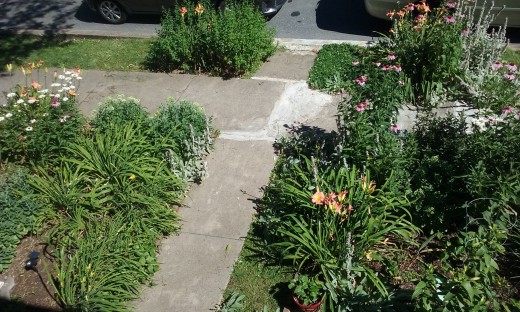
Another View of Flower-Filled Front Yard
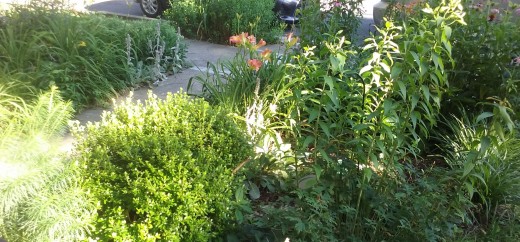
FYI: Bee Lawns Also Help These Pollinators
In addition to bees, these pollinators are helped by a bee lawn. We also owe thanks for food production to:
- ants
- bats
- beetles
- birds (hummingbird and more)
- butterflies
- flies
- geckos
- insects
- moths
- possums
- wasps
- wind
Between 100,000 to 200,000 different animal species pollinate the 250,000 different flowering plants on earth.
Let Us Know
Are you changing your property to help pollinators and the climate?
Another Great Resource
This content is accurate and true to the best of the author’s knowledge and is not meant to substitute for formal and individualized advice from a qualified professional.
© 2019 Maren Elizabeth Morgan


